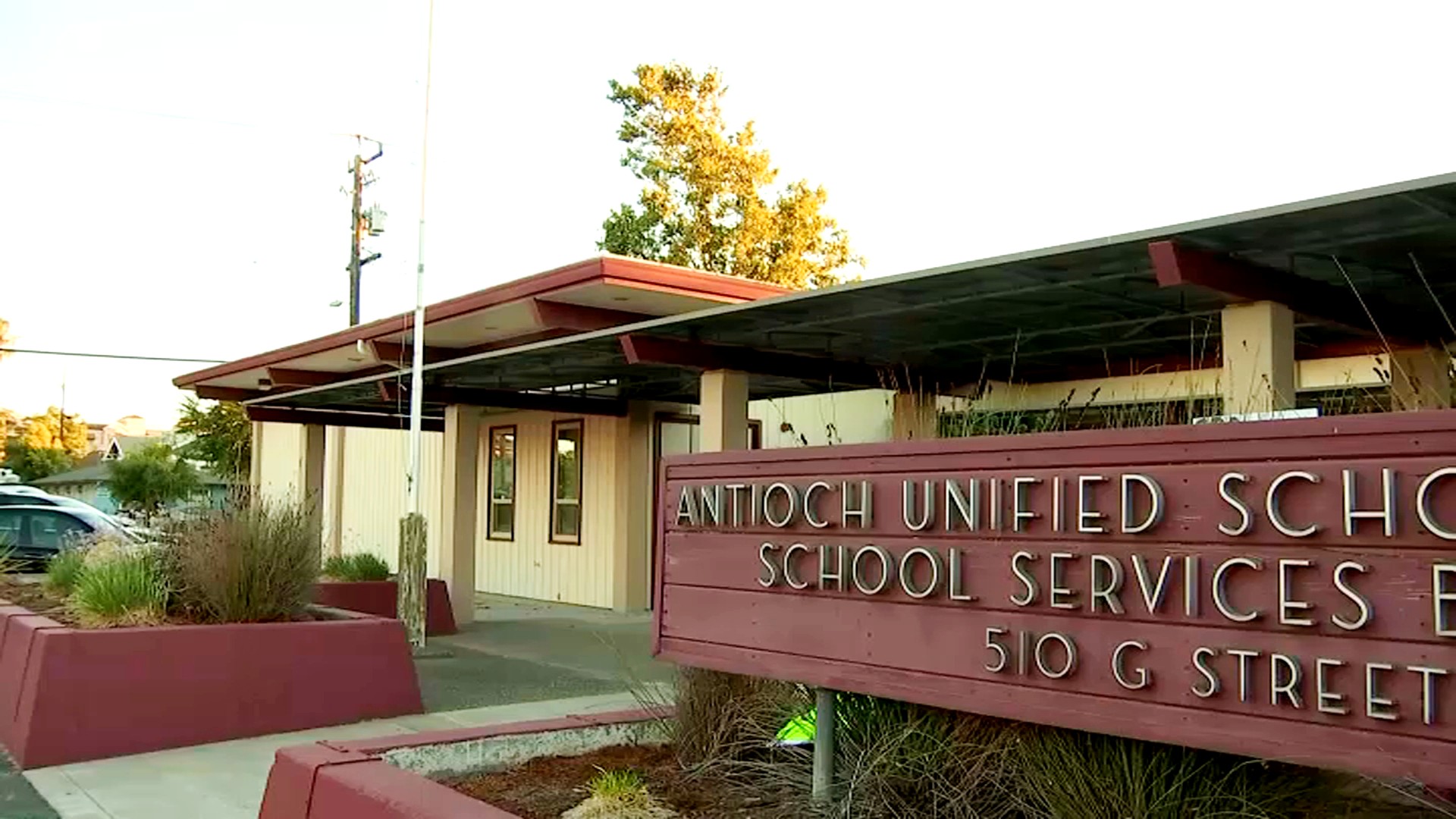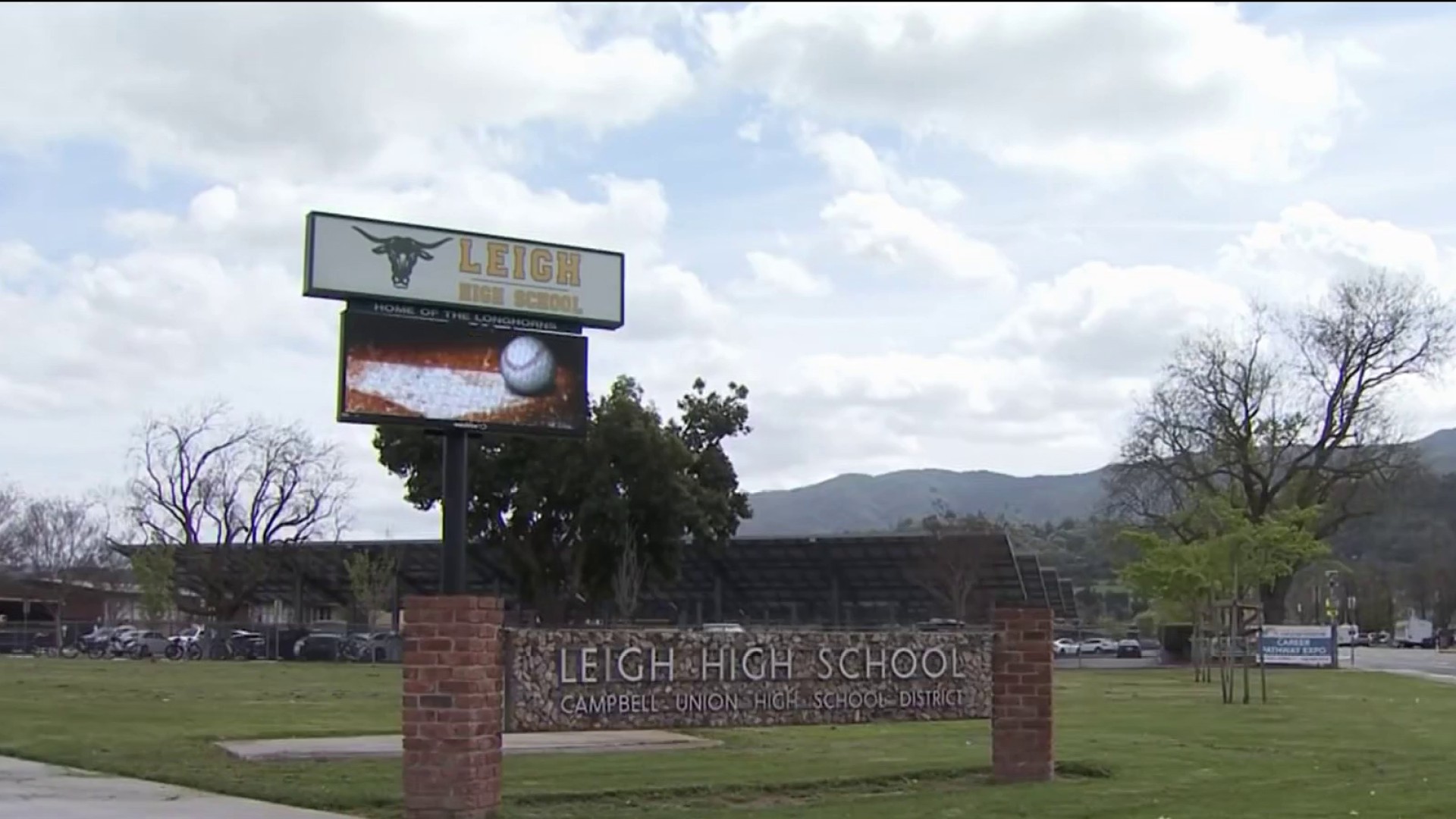BART’s in-cab surveillance video of the 2013 accident that left two track workers dead shows that the inexperienced operator was left largely unattended by his trainer who was preoccupied in the passenger compartment, chatting about the World Series part of the time.
NBC Bay Area obtained the video of the Oct. 19, 2013 accident that occurred on the first day that the rookie driver had been operating a train on the main system.
The state Public Utilities Commission is relying on the video as it presses to fine BART $600,000. Lawyers for the transit agency have filed a motion to seal the video and keep it from being released to the public, citing privacy grounds.
A key element in the case is the extent to which the driver had been prepared to operate the train that day. He had spent less than four weeks in the classroom and practicing on a makeshift simulator – a train car up on blocks.
He was part of BART’s plan to provide backup service should a second strike hit the system in a matter of months.
NBC Bay Area has obtained a Sept. 30, 2013 memo from a top BART official to state rail regulator Don Filippi outlining “reduced” training for managers needed to fill in for striking workers.
Under the details of that plan, which BART’S manager Greg Leong wanted Filippi to “remain confidential,” normal training time of 14-weeks would be cut substantially.
Local
BART now says the program involved four weeks of classroom instruction followed by what Leong said would be three weeks of “on-the-job” training.
The operator of the train that day was among the group of inexperienced managers Leong said would be tasked with moving around managers and empty trains to allow more experienced managers to operate passenger service.
The video shows the trainee was alone in the cab of Train No. 963 during the 25 minute period leading up to the accident. His trainer, transportation manager Paul Liston, is in the passenger compartment, instead of being at the operator’s side as required by BART rules.
The tape shows the trainee calls upon Liston for help repeatedly.
“I don't know if I'm doing it wrong or not,” the trainee tells Liston at one point. “Yeah, okay, hold on one second,” Liston replies.
At another point, Liston chides the trainee about needing so much help.
“How many more times are you going to make me get up…. G**dammit?”
Records reviewed by NBC Bay Area indicate Liston was texting and talking on his phone – both violations of BART’s policy. In the video, we hear him chat with colleagues about the upcoming World Series.
“Did the dodgers get beat last night?” Liston asks an unknown BART employee. “Yeah, nine to zero.”
“Oh my goodness. Oh my goodness. So it’s St. Louis and then they’re waiting, right?”
Meanwhile, BART engineer Christopher Sheppard and consultant Laurence Daniels were checking on a dip in the rail north of the Walnut Creek station. Just after 1 p.m., BART operations center had issued an alert over the radio about the two men working there.
The men had ventured onto the tracks under BART’s policy known as simple approval. Under that rule, they were charged with gauging the risk they faced and whether they had 15 seconds to escape an oncoming train.
But they failed to realize they were behind a long curve that would keep them from seeing an oncoming train until it was too late. They also didn’t have the required lookout.
At 1:30 p.m., BART was supposed to issue another radio alert for the men, but it never came – another violation of BART policy.
The video shows that at 1:44 p.m., the trainee operator heads into the blind curve. He later told federal accident investigators that he had spotted the men up ahead. Not sure what they are doing, he went into the bend at full speed of 68 mph.
The video shows that five seconds before impact, the trainee sees the workers reemerge as he rounds the curve. He presses a button that he later told federal investigators he believed was the horn. The video indicates he actually pressed the hold door/close button, directly above the horn.
He then hits the brakes, but it’s too late to avoid hitting the men, who investigators believe had their backs turned until the final second. Just before the accident, he jumps forward in the cab and shouts “Move!” repeatedly.
In BART’s final report – issued in January of this year – the chief safety officer concludes that because of the curve, the deaths were “unavoidable.”
The report cites the “simple approval” policy in effect at the time, which made workers “individually responsible for providing their own protection…” The report concluded: “Adherence to the rules would have prevented the accident.”
“They are blaming the victims for this,” says Sen. Jerry Hill, who has long been a vocal safety advocate in the legislature. “I think it’s shameful ... it really is.”
The state agency charged with overseeing public rail systems, the Public Utilities Commission, blames BART for having a “poor and inadequate” safety culture. Regulators contend BART could, and should, have banned workers from the blind curve, or at least made trains slow for them automatically. Regulators say the agency should be fined $600,000 for a string of violations, including its reliance on the “simple approval” protocol.
After the accident, BART did abandon its policy of having workers largely responsible for their own safety and agreed to regulators’ demands that it tighten lookout rules, improve communications and stop trains anytime workers up ahead come within six feet of the rail.
Despite making those changes, BART told us the agency has had a “robust” safety record all along. “The violations alleged by the CPUC concern an individual employee’s violation of a BART rule, not a gap in BART’s safety rules or a general failure by BART to enforce those rules,” the agency said in a statement.
Although BART now says that he broke several rules, the trainer – assistant chief transportation officer Paul Liston – retired last year without discipline. Neither Liston nor the trainee responded to requests for comment.
Meanwhile, regulators’ effort to sanction BART has suffered a blow. The judge in charge of the case recently sided with BART’s lawyers and dismissed more than a dozen charges on due process grounds. But the judge has yet to rule on whether to impose the $600,000 penalty sought by regulators.
BART contends the state agency has no legal authority to fine BART for violating its own rules.
But Hill says BART needs to be held accountable for the lapses he saw in the video. “No one was properly trained, no one was doing the job they were supposed to do for safety," he said.



